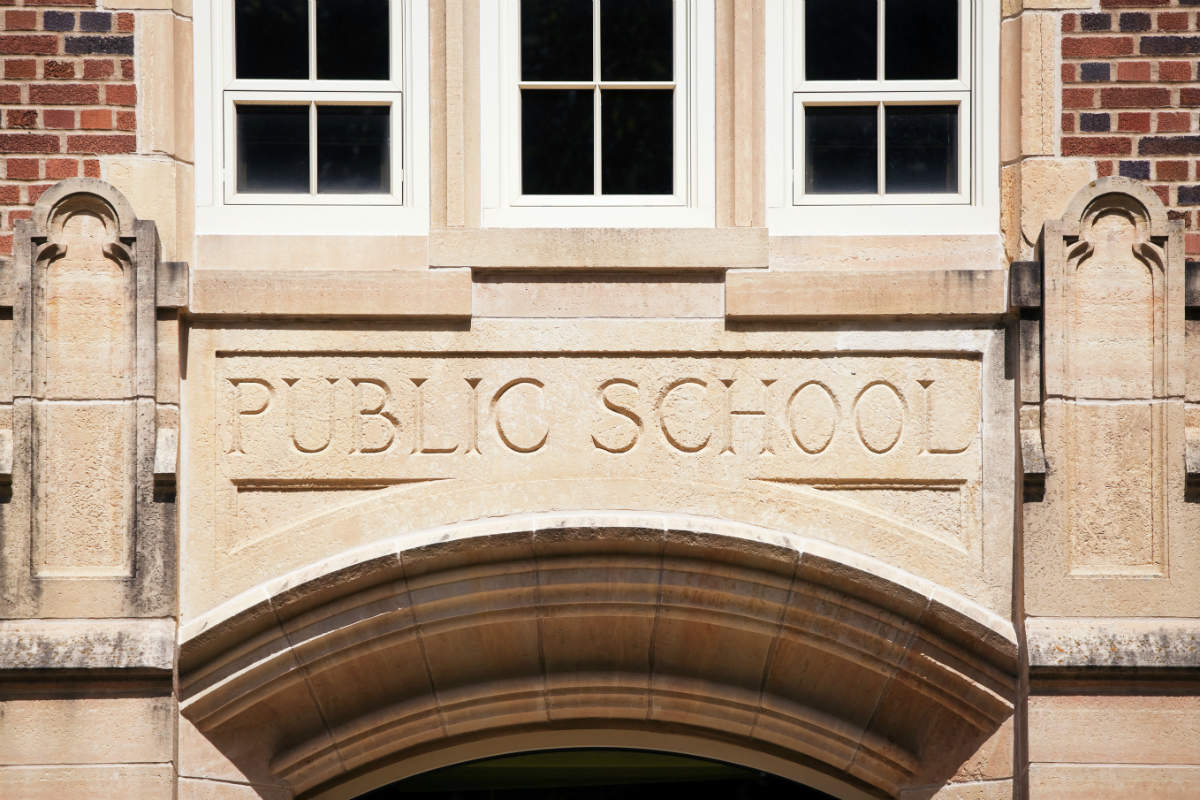Housing insecurity and homelessness is a major issue in the United States, impacting more than 1 million young people across the nation and more than 224,000 California public school students.
Long Beach Unified School District and local educational agencies in Monterey County are taking action to curb the crisis. Their approaches to support students and combat educational inequities are examined in a recently released UCLA Center for the Transformation of Schools’ brief, “No Shame or Stigmas: Prioritizing Students Experiencing Homelessness in Long Beach Unified and Monterey County.”
One in five California students are housing insecure, according to the brief. And though causes of and solutions to student homelessness vary, there are undoubtedly harmful social and academic consequences. Youth can experience challenges such as school instability and chronic absenteeism that result in lower academic performance and other obstacles completing high school, including higher rates of suspension, mental health problems and school victimization.
Between 2015–16 and 2021–22, the rate of homeless public school students hovered around 3 percent in California, according to the brief. In Long Beach USD and Monterey County, however, it was between 6-8 percent and 8-12 percent, respectively.
Drawing on the California Multi-Tiered System of Support (CA MTSS) framework, which focuses on bringing academic and behavioral supports and social and emotional learning into alignment, leaders in Long Beach USD and Monterey County have made encouraging strides in aiding students. CA MTSS can be used for universal and targeted responses as well as offer supplemental support to help improve the academic trajectory of homeless youth.
To understand the policies, practices and approaches used in Long Beach USD and Monterey County, UCLA researchers spoke to local homeless liaisons, social workers and superintendents, principals, program directors and coordinators to identify common patterns.
Three promising practices emerged, including:
- Having supplemental and additional resources (designed and allocated offerings to meet the specific academic and socioemotional needs of students, like individualized, high-impact tutoring)
- Offering wraparound services/approach (like collaboration and communication between resource agencies to meet students’ academic and non-academic needs)
- Utilizing community relationships (like partnerships with community entities, groups and individuals)
Identification of students who are housing insecure or experiencing homelessness, gaps in policy and the stigma around homelessness were common challenges.
The pandemic exacerbated challenges and sparked additional ones such as staffing shortages, technological barriers, absenteeism, increase disciplinary infractions and difficulties with rolling out response procedures. Today’s circumstances make it more difficult for school officials and staff to develop and implement adequate response policies and practices, according to the brief.
Recommendations
Providing increased funding for supportive programs and services as well as increased and coordinated mental health services are ways the state can assist ongoing efforts, the brief explains.
At the county and district-levels, recommended actions include having emergency housing resources, knowledgeable staff who have time to work to address the student homelessness crisis, and nurturing community collaborations that promote awareness on rights of students experiencing homelessness and assist in directing families to emergency resources.





